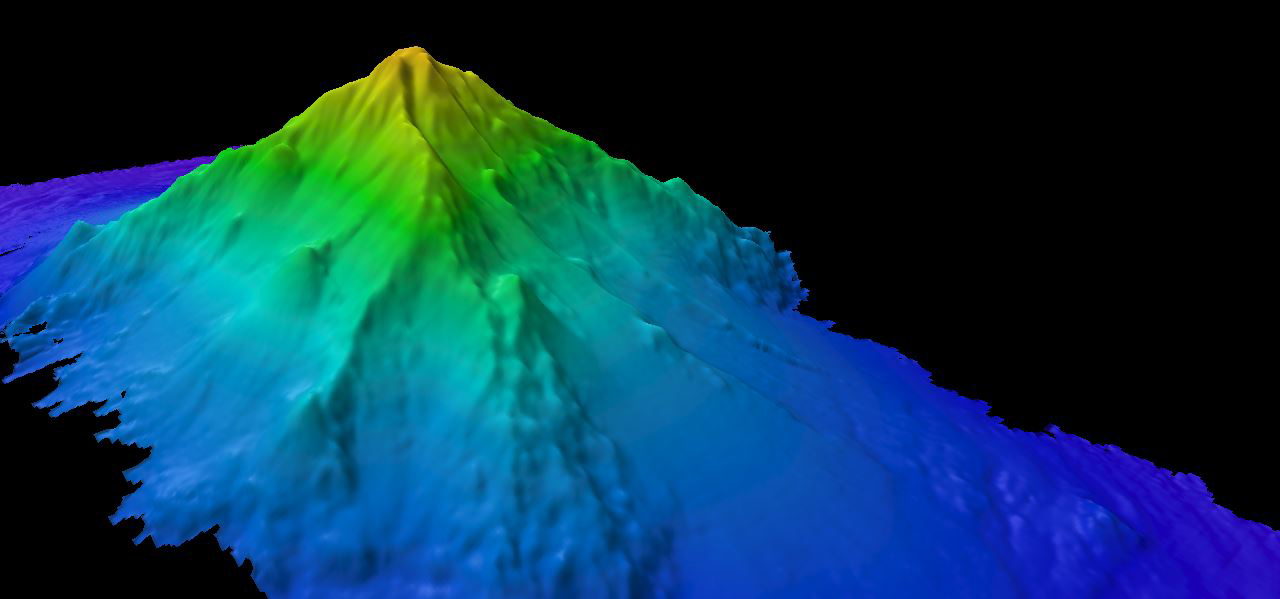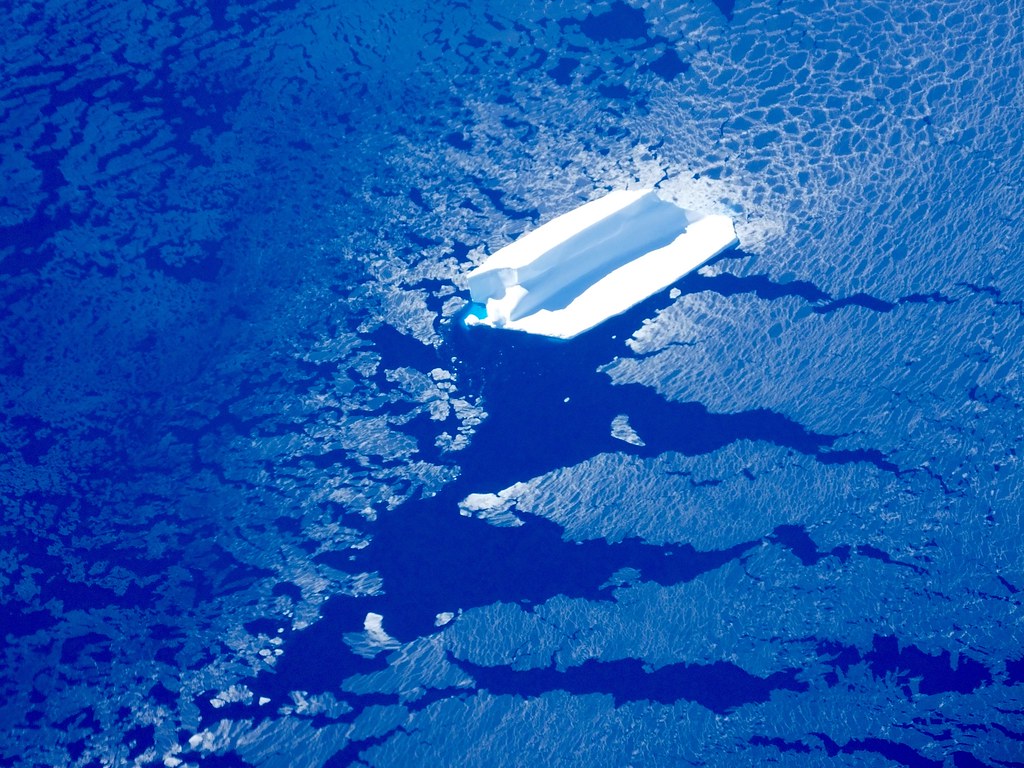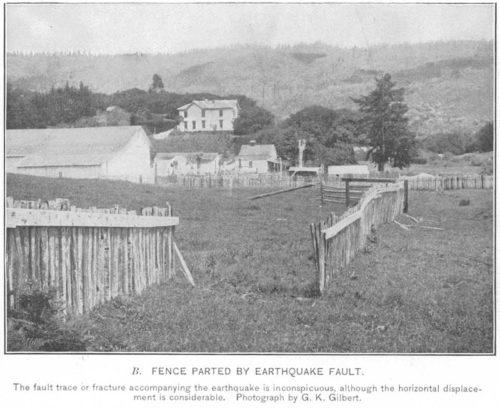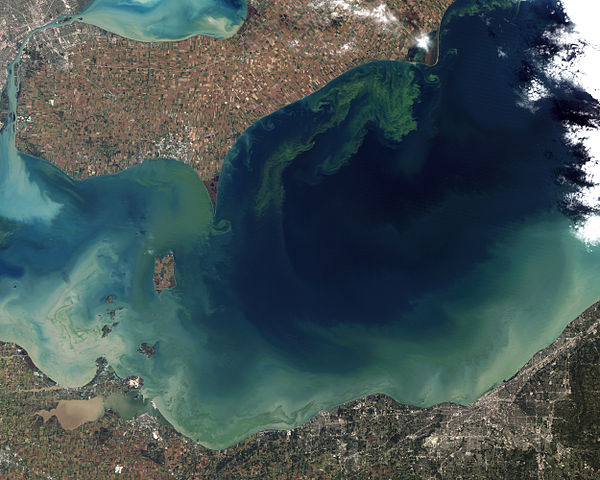Featured image: Elevation map of a seamount in the central Pacific, shown in a persepctive view. Image courtesy of the NOAA Office of Ocean Exploration and Research (public domain).
Paper: Fluid-rich subducting topography generates anomalous forearc porosity
Authors: Christine Chesley, Samer Naif, Kerry Key, Dan Bassett
Open any geology textbook, and you’re guaranteed to find a cartoon of a subduction zone showing how an incoming oceanic plate dives down beneath another tectonic plate (either continent or ocean) on its way back into Earth’s deep interior. These simple sketches typically show the top of the incoming plate as a smooth, gently curved line meeting and joining another smooth line at the base of the overriding plate – and that’s not exactly wrong, given the enormous scale of a subduction zone compared to the smallness of the drawing. But if you zoom in far enough on oceanic tectonic plates, the seafloor is often rough and bumpy. What happens, then, when rough seafloor heads into a subduction zone?
Continue reading “Mysteries of the deep (and bumpy) seafloor”




